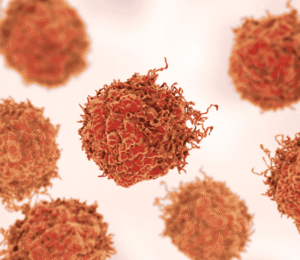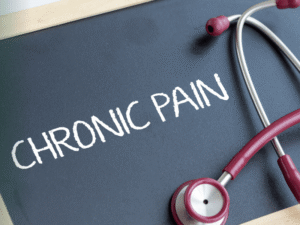Postpartum Depression (PPD)
Postpartum depression (PPD) is a common and serious mental health condition that affects many new mothers after childbirth. It goes far beyond the short-lived “baby blues.” PPD can make you feel sad, anxious, and overwhelmed, and it may interfere with how you care for yourself or your baby.
While PPD is deeply personal and emotional, it’s also treatable. With greater awareness, early screening, and modern therapy options, more women in 2025 are finding relief and recovering faster than ever before.
Table of Contents
What Is Postpartum Depression?
Postpartum depression is a long-lasting form of depression that starts after childbirth. It often appears within the first few weeks but can begin any time during the first year. It affects not only the mother’s mental health but also her ability to bond with her baby.
Unlike baby blues (which fade in a week or two), postpartum depression is more intense, persistent, and may worsen without treatment.
Common Symptoms of PPD
PPD symptoms can vary in intensity and duration. Look out for:
Ongoing sadness or mood swings
Difficulty bonding with your baby
Feeling exhausted or numb
Trouble sleeping (even when baby sleeps)
Sudden changes in appetite
Irritability, anger, or guilt
Anxiety, panic attacks, or restlessness
Withdrawing from loved ones
Thoughts of self-harm or harming the baby (urgent medical help needed)
Why Does Postpartum Depression Happen?
PPD is not caused by a single factor but a mix of hormonal, emotional, and lifestyle changes. Here are common contributors:
Hormonal Drop: Estrogen and progesterone fall sharply after birth
Sleep Deprivation: Lack of rest impairs emotional balance
Stress or Isolation: Feeling unsupported or overwhelmed
Past Mental Health Issues: Anxiety or depression before pregnancy
Challenging Birth or Breastfeeding Experiences
Relationship or Financial Struggles
Some people also experience postpartum anxiety or obsessive-compulsive disorder (OCD), which can overlap with PPD.
Who’s Most at Risk?
You may be more likely to develop PPD if you:
Have a personal or family history of depression
Had emotional issues during pregnancy
Had pregnancy complications or birth trauma
Don’t have strong emotional or social support
Struggle with finances or partner conflict
How Is PPD Diagnosed in 2025?
Doctors now use more personalized tools to identify PPD. These include:
Postnatal screening tools like the Edinburgh Postnatal Depression Scale
Telehealth consultations for mental health support
In-home mental health checkups during postnatal visits (in some regions)
Best Treatments for Postpartum Depression in 2025
1. Psychotherapy (Talk Therapy)
Cognitive Behavioral Therapy (CBT) or Interpersonal Therapy (IPT)
Virtual therapy or mobile apps for flexibility
2. Medication
SSRIs or other antidepressants, many of which are safe while breastfeeding
Newer postpartum-specific medications may be offered by your doctor
3. Lifestyle Strategies
Daily gentle exercise (like yoga or walking)
Proper nutrition and hydration
Social interaction — even brief check-ins with friends or support groups
Mindfulness and relaxation techniques
4. Support Systems
Postnatal support groups (online or local)
Partner and family involvement in daily care
Mental health coaching (now more accessible in many countries)
Can Postpartum Depression Be Prevented?
You can’t always prevent PPD, but you can reduce the risk:
Build a support plan during pregnancy
Prioritize sleep and self-care after birth
Stay connected to loved ones
Join a prenatal or postnatal support group
Speak up about your emotions early on
When to Seek Immediate Help
Contact a healthcare provider or crisis service if you experience:
Persistent depression or anxiety after childbirth
Loss of interest in your baby or daily life
Thoughts of harming yourself or others
Conclusion
Postpartum depression is real, common, and treatable. If you’re feeling overwhelmed or unlike yourself after birth, it’s okay to ask for help. The earlier you reach out, the sooner you’ll feel like yourself again. Healing is not only possible — it’s expected with the right care.



